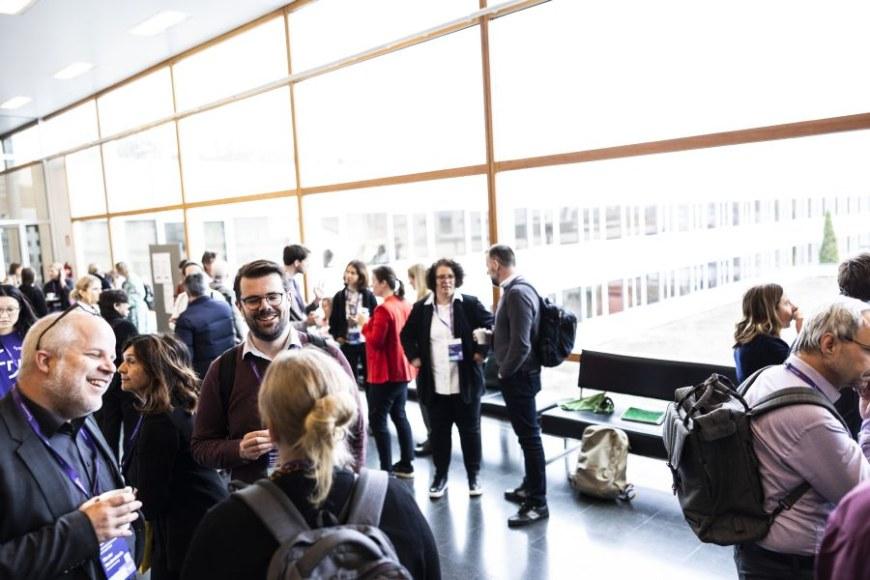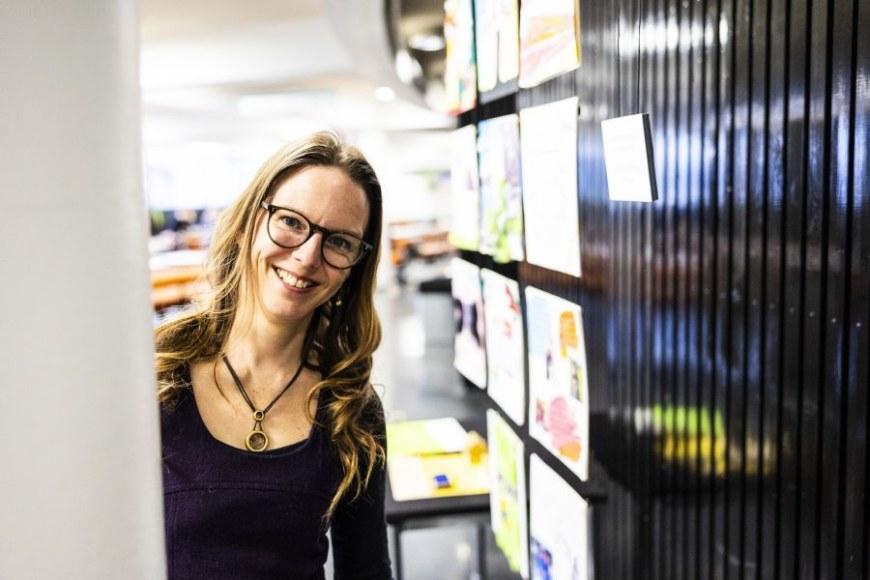Healthier climate, healthier people

The Lancet Countdown’s sixth annual report was published in the autumn of 2021. The report tracks 44 indicators to reflect global progress on health and climate change.
The report highlights the key trends that are improving, remain unchanged or are getting worse. For example, floods and wildfires are becoming more frequent and the risk of infectious disease outbreaks is increasing. Rising temperatures are also threatening water security and putting food production at risk.
The authors of the Lancet Countdown report call for urgent action to integrate climate change mitigation into Covid-19 recovery plans. Besides investing in economic recovery, we need globally coordinated action to mitigate climate change and build a healthier, sustainable future for all.
“Climate change poses a growing threat to human health. The world needs to take immediate action to tackle this crisis,” says Jonathon Taylor, associate professor (tenure track) in the Faculty of Built Environment at Tampere University.
Taylor is one of the more than 120 leading experts from around the world who contributed to the Lancet Countdown report. Taylor has modelled the air pollution and carbon dioxide emissions that come from burning fossil fuels in homes. His areas of expertise are indoor air quality and pollution and their impact on human health.
People around the world burn fuel such as coal, cow dung or wood at home for cooking and heating, resulting in indoor air pollution. The design and energy efficiency of buildings and the effectiveness of ventilation also affect indoor air quality.
“As household air pollution contributes to almost four million premature deaths a year, the transition towards cleaner energy would bring major climate and health benefits,” Taylor says.
Exploring indoor air quality at population level
Taylor is setting up his own research group at Tampere University. Instead of focusing on individual buildings, he is looking to study indoor air quality at population level. He is particularly interested in examining long-lasting heat waves that are a consequence of global warming.
“I would like to combine health data with other data, such as data about the buildings in Finland. In Finland, buildings have traditionally been designed to keep warm air in rather than heat out. What type of buildings are best for hot weather? How can the energy efficiency of buildings be improved? Is a mechanical ventilation system the best option? Or window shutters that are popular in Southern Europe? How about air-conditioning?”
Jonathon Taylor has also studied how the type of building affects indoor air quality.
“Finland, or more specifically Tampere, has become a leading hub of expertise in indoor air quality, so Tampere University is an excellent place to carry out research in this field,” he says.
Despite the high level of awareness of climate change among people living in Finland, they still have little first-hand experience of its impacts, according to Jonathon Taylor. After all, winters (and summers) are still cold in Finland. We have only got our first taste of scorching temperatures and intense storms.
“Canada, my home country, has already seen much more drastic changes in weather in the past few years.”
A multidisciplinary approach is required to address issues relating to climate change, sustainable buildings and urban design.
“For example, wood burning stoves are common in the UK where I used to live, whereas woodburning sauna stoves are popular in Finland. Stoves may seem like a minor source of air pollution emissions, but it all adds up,” Taylor says.
“We know what should be done, but how can we motivate people to change their behaviour and act on climate change? Social scientists are really important for this. Or perhaps the solution will be developed, for example, by students who continue their studies after graduating from the multidisciplinary Bachelor’s Programme in Sustainable Urban Development?”
Read the Lancet Countdown report
Text: Sanna Kähkönen
Photo: Jonne Renvall





